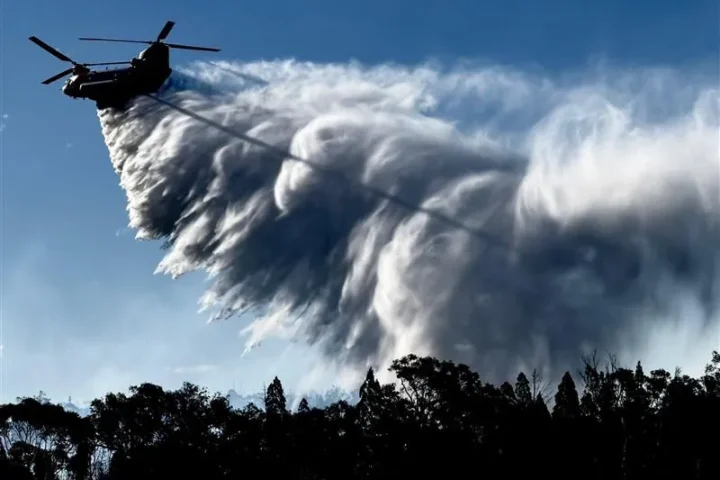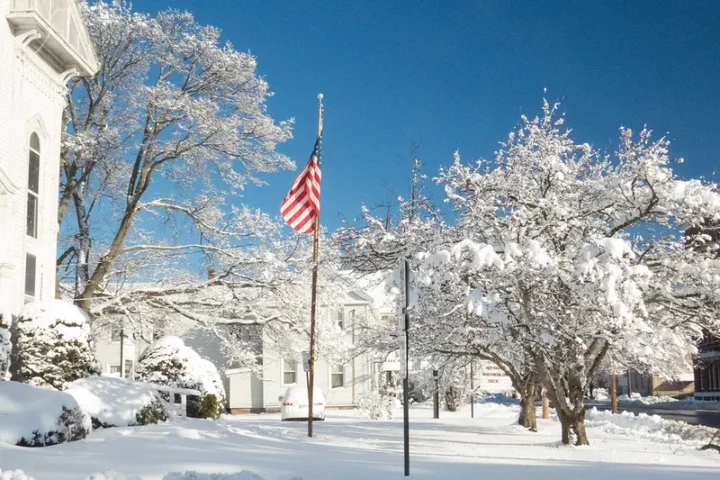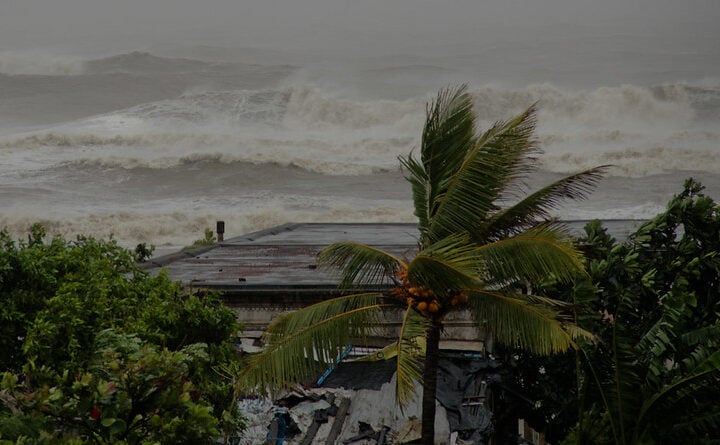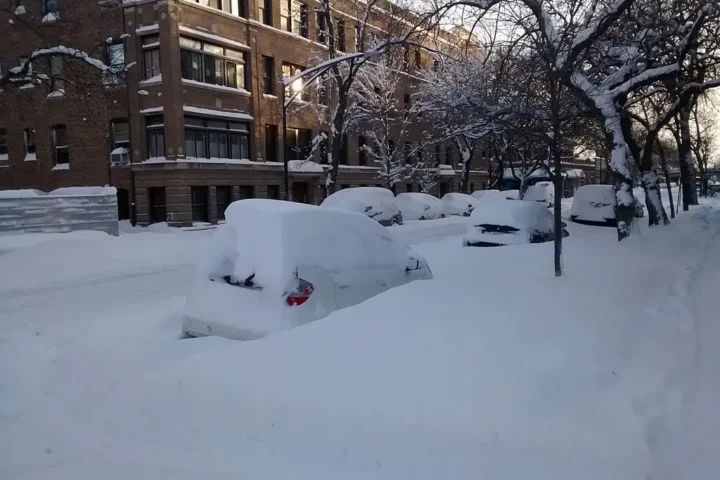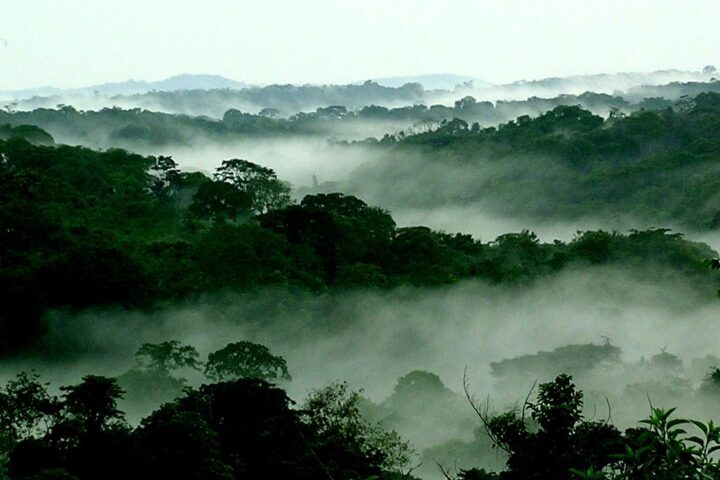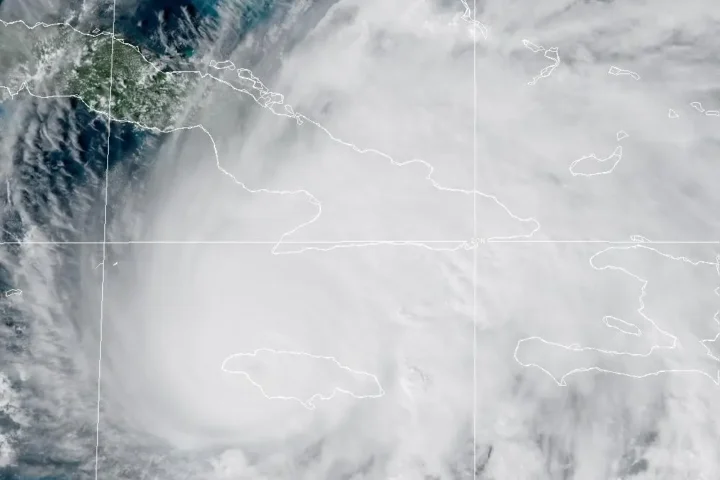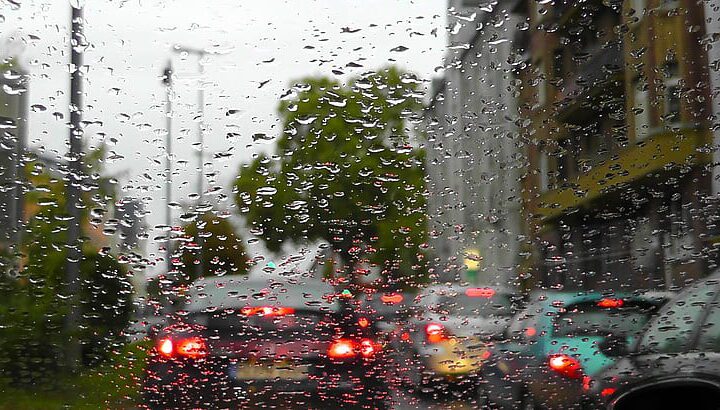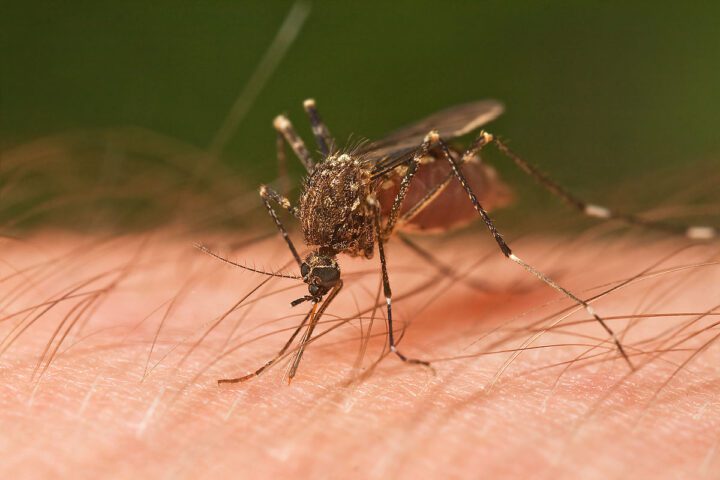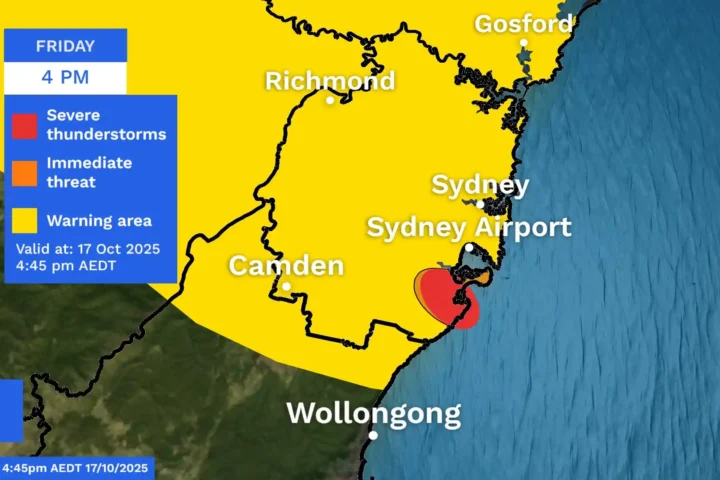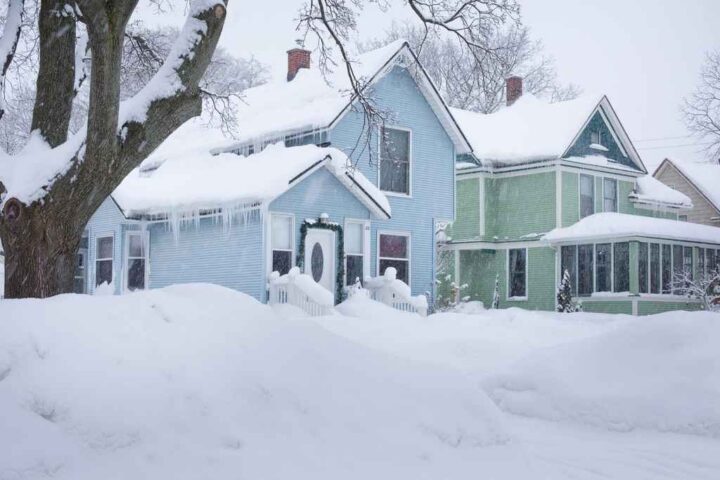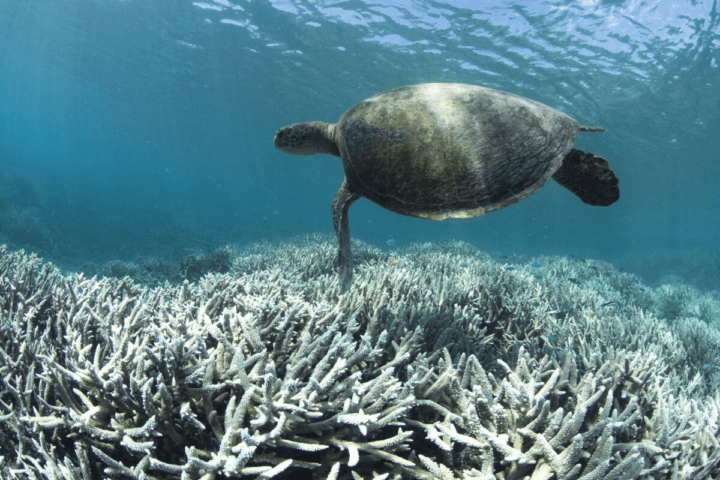Often termed the “canaries in the coal mines”, Earth’s Glaciers are retreating at an unprecedented rate. A recent study in Nature paints a grim picture: by 2100, Glaciers outside of Antarctica & Greenland could shrink by half under high-emission scenarios. The massive retreat of Glaciers is expected to unveil land areas equivalent to combining Nepal & Finland. As glaciers recede, they pave the way for the birth of diverse, novel ecosystems.
The team of Jean-Baptist Boson utilized a global glacier evolution model to predict these changes, covering over 65,000 km square of glaciers. Their model intricately combined glacier outlines, subglacial terrain data, & various climate factors. One striking revelation: regardless of the climate trajectory, glaciers will proceed at a similar pace until 2040.
Post-2040, the fate of these glaciers diverges, hinging critically on global emission levels. Alarmingly, a tripling of greenhouse gas emissions by 2075 could erase nearly half of the glacier areas present in 2020. Achieving net-zero emissions by 2050 might limit this loss to around 22%, on a brighter note.
Similar Posts
The emerging landscapes from glacial retreat will predominantly be terrestrial, followed by marine & freshwater habitats. These new terrains could serve as sanctuaries for species fleeing the intensifying impacts of global warming. However, not all species will benefit; many native to glacier environments might face extinction. A Polar & Boreal Ecology expert, Nicolas Lecome, warns of a rapid ecological shift accompanying swift glacial retreats. Microorganisms unique to individual Glaciers & species residing near them are particularly at risk. Mammals & birds might find temporary refuge in these new habitats, but the window for migration is narrow.
Humans are not exempt from the repercussions; many communities rely on Glaciers as primary water sources. The instability of these water sources could lead to catastrophic flooding events, as witnessed in Alaska. The study emphasizes the dual responsibility of slowing deglaciation & protecting emerging ecosystems, beyond quantifying glacier decline. As these ecosystems evolve, they could bolster carbon storage, especially if plants colonize the areas.
As less than half of the glacial areas are currently protected, land management decisions will become paramount. The study’s lead author, Jean-Baptist Boson, asserts that we might be on the brink of one of Earth’s largest ecosystem transformations. The intertwined fates of glaciers, ecosystems, & human communities are underscored by the research.
Addressing climate change is not just about saving Glaciers; it is about preserving the intricate web of life they support. The world needs to act swiftly to ensure the survival of these newly birthed ecosystems, as the clock is ticking. Urging global communities to prioritize sustainable practices & combat the looming threat of climate change, the study serves as a clarion call.


